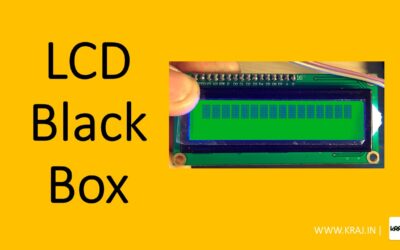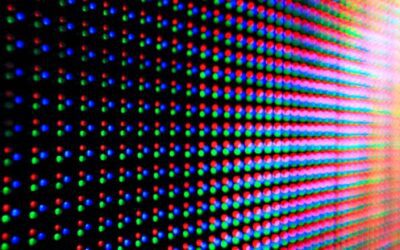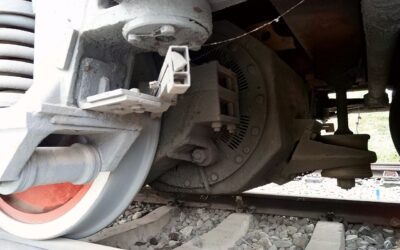Theory
The block diagram of electrical drive which shows the basic circuit design and components of a drive also shows that, drives have some fixed parts such as, load, motor, power modulator, control unit and source. This equipment is termed as parts of drive system. Now, loads can be of various types i.e. they can have specific requirements and multiple conditions, which are discussed later, first of all we will discuss about the other four parts of electrical drives i.e. motor, power modulators, sources and control units.
1. MOTOR
Electric motors are of various types. The DC motors can be divided in four types:
And AC motors are of two types, which further subdivide as follows:
Other Special Motors:
So, there are various types of electric motors, and they are used according to their specifications and uses. When the electrical drives were not so popular, induction and synchronous motors were usually implemented only where fixed or constant speed was the only requirement and for variable speed drive applications, DC motors were used.
But as we know that, induction motors of same rating as a DC motors have various advantages like they have lighter weight, lower cost, lower volume and there is less restriction on maximum voltage, speed and power ratings. For these reasons, the induction motors are rapidly replaced the DC motors. Moreover induction motors are mechanical stronger and requires less maintenance.
When synchronous motors are considered, wound field and permanent magnet synchronous motors have higher full load efficiency and power factor than induction motors, but the size and cost of synchronous motors are higher than induction motors for the same rating.
Brushless DC motors are similar to permanent magnet synchronous motors. They are used for servo applications and now a day used as an efficient alternative to DC servo motors because they don’t have the disadvantages like commutation problem. Beside of these, stepper motors
are used for position control and switched reluctance motors are used for speed control.
2. POWER MODULATOR
Power modulators are the devices which alter the nature or frequency as well as change the intensity of power to control electrical drives.
Roughly, power modulators can be classified into three types:
1. Converters
2. Variable impedance
3. Switching circuits
As the name suggests, converters are used to convert currents from one type to other type.
Depending on the type of function, converters can be divided into 5 types:
1. AC to DC converters
2. AC regulators
3. Choppers or DC-DC converters
4. Inverters
5. Cyclo-converters
AC to DC converters is used to obtain fixed DC supply from the AC supply of fixed voltage. The very basic diagram of AC to DC converters is like below.
AC Regulators are used to obtain the regulated AC voltage, mainly auto transformers or tap changer transformers are used in this regulator.
Choppers or DC-DC converters are used to get a variable DC voltage. Power transistors, IGBT’s, GPO’s, power MOSFET’s are mainly used for this purpose.
Inverters are used to get AC from DC. The operation is just opposite to that of AC to DC converters. PWM semiconductors are used to invert the current.
Cycloconverter are used to convert the fixed frequency and fixed voltage AC into variable frequency and variable voltage AC. Thyristor are used in these converters to control the firing signals.
Variable Impedances are used to controlling speed by varying the resistance or impedance of the circuit. But these controlling methods are used in low cost DC and AC drives. There can be two or more steps which can be controlled manually or automatically with the help of contactors. To limit the starting current inductors are used in AC motors.
Switching circuits in motors and electrical drives are used for running the motor smoothly and they also protect the machine during faults. These circuits are used for changing the quadrant of operations during the running condition of a motor and these circuits are implemented to operate the motor and drives According to predetermined sequence, to provide interlocking, to disconnect the motor from the main circuit during any abnormal condition or faults.
3. SOURCES
Sources may be of 1 phase and 3 phase. 50 Hz AC supply is the most common type of electricity supplied in India, both for domestic and commercial purpose. Synchronous motors which are fed 50 Hz supply have maximum speed up to 3000 rpm, and for getting higher speeds higher frequency supply is needed. Motors of low and medium powers are fed from 400V supply, and higher ratings like 3.3 kV, 6.6 kV, 11 kV etc. are provided also.
In main line traction a high voltage supply is preferred because of economy. In India 25 kV, 50 Hz supply is employed.
In underground traction major expenditure is cost of the tunnel which should be minimised by keeping its cross section just enough for the train.
In case of aircraft and space applications, 400 Hz AC supply is generally used to achieve high power to weight ratio for motors.
Some drives are powered from a battery, e.g. fork lift trucks and milk vans. Depending on size, battery voltage may have typical values of 6V, 12 V, 24 V, 48 V and 110 V DC.
Another example of drives fed from a low voltage DC supply is solar power drives used in space and water pumping applications.













0 Comments